Extracted from a recent comment piece by Andrew Gage, Staff Lawyer, Mining Watch
We depend upon well researched legal positions to advance environmental protection. Appeal to the
emotions, on a factual basis, while sometimes less obvious, is still useful.
We believe in free speech, and in the ability of activists to speak their mind without being sued for it.
Conduct during the trial matters. Words can be defamatory, in the sense that they could tend to lower somebody's reputation in the eyes of a reasonable person especially when communicated to at least one person other than the subject of the remarks.
Activists who find themselves in court – whether because they’re sued or for other reasons – need to know that there are certain expectations,including communicating respectfully to the judge, the lawyers, witnesses and other participants. Updating supporters with the progress of a court case via a blog or the media should be accurate and respectful.
Some activists – due to their style or personal beliefs – find no difficulty with the conventions of court. Others find it more difficult to strike a balance between making their views and perspectives heard, and observing a level of decorum that the judge expects. However, at the end of the day, activists would be well advised to be aware of the expectations of the judge, who will be deciding the case.
Activists need to be careful, particularly when making emotionally charged statements, and to make the factual basis for their opinions clear. It is important not to allow subsequent communications to create confusion as to the basis for earlier statements.
*The defence of fair comment*
At the end of the day, the judge may agree with defamatory statements. But the Supreme Court of Canada has recently expanded the“defence of fair comment” in a case known as /WIC Radio Ltd. v. Simpson
made by Hitler and U.S. segregation era politicians. The Supreme Court of Canada allowed Rafe’s appeal, and in doing so, said that individuals who express honestly held opinions – as long as they are clearly opinions and not claims of fact – cannot be found guilty of defamation.
The Supreme Court says that the defence applies where:
(a) the comment must be on a matter of public interest;
(b) the comment must be based on fact;
(c) the comment, though it can include inferences of fact, must be recognizable as comment;
(d) the comment must satisfy the following objective test: could any [person] honestly express that opinion on the proved facts?
(e) even though the comment satisfies the objective test the defence can be defeated if the plaintiff proves that the defendant was [subjectively] actuated by express malice.
A recent case is the first defamation case involving defamation by an environmental activist since the Supreme Court’s decision in WIC Radio Its findings will protect environmentalists and others seeking to comment on high profile public issues.
The protection of a person’s ability to exercise his or her right to freedom of expression in order to attempt to influence public opinion on legitimate public issues is the objective of the defence of fair comment. The defence cannot be defeated if the respondent was doing the very thing that the defence was designed to protect.
/Mainstream Canada v. Staniford /
suggests a number of lessons for environmentalists and others speaking out.
The decision is a win for free speech, but does nothing to address the broader problem of allowing large corporations with extremely deep pockets to drag their political opponents into court. The costs of going to court (and defamation cases are particularly expensive) are prohibitive for activists, but are a tax deductible expense for big companies. The result is an unequal playing field where those who speak out against environmental destruction risk being sued by deep-pocketed opponents.
If you have access to an experienced defamation lawyer and are an accomplished fundraiser and win - the costs award that you may receive from the plaintiff will not cover your legal bills, and will not replace the months of your time and attention that the case has taken.



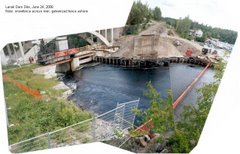


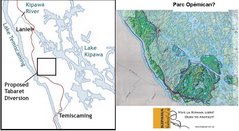

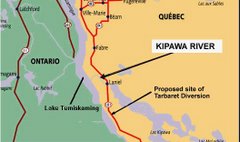

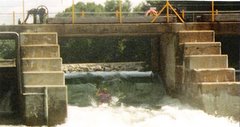







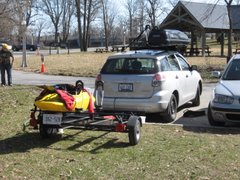

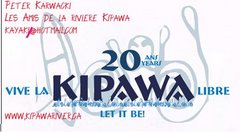
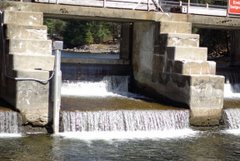


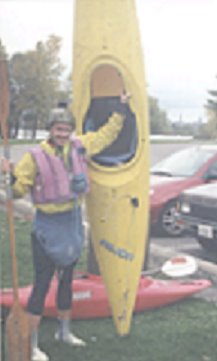



1 comment:
This bares repeating:
The decision is a win for free speech, but does nothing to address the broader problem of allowing large corporations with extremely deep pockets to drag their political opponents into court. The costs of going to court (and defamation cases are particularly expensive) are prohibitive for activists, but are a tax deductible expense for big companies. The result is an unequal playing field where those who speak out against environmental destruction risk being sued by deep-pocketed opponents.
Post a Comment